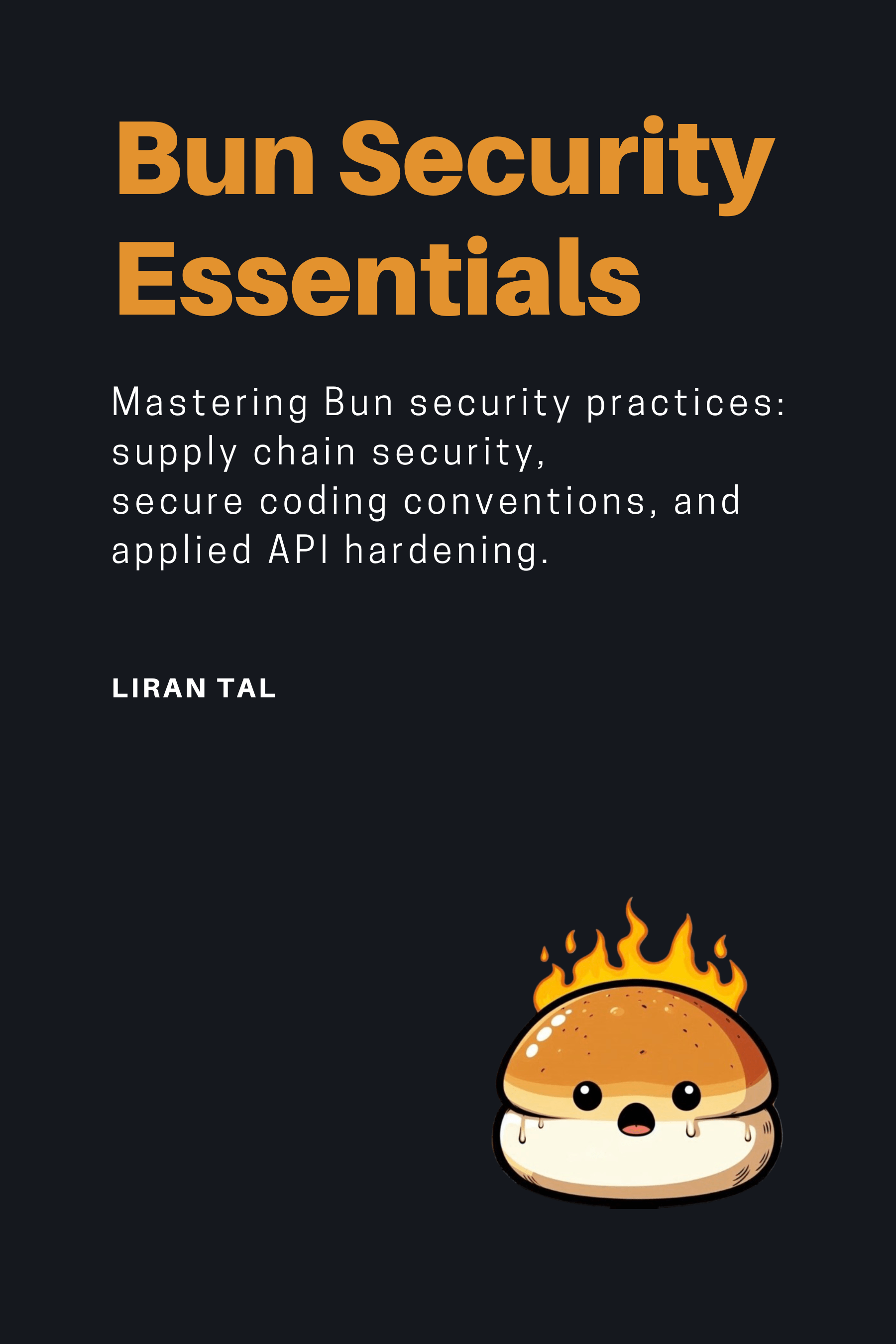~ 2 min read
Holes in the Safety Net: Bypassing SSRF Protection in safe-axios

Can’t get enough of SSRF vulnerabilities, can we now? In this vulnerable npm package we analyze a vulnerability within safe-axios, an open-source npm package designed to safeguard applications from SSRF (Server-Side Request Forgery) attacks. While safe-axios attempts to validate URLs via a denylist, an outdated list creates a bypass window for malicious actors. Let’s explore the technical nitty-gritty and understand the potential consequences.
Demystifying safe-axios: Your (Imperfect) Shield Against SSRF
SSRF vulnerabilities emerge when an application unintentionally makes requests to external servers based on user-controlled input. Attackers can exploit this to fetch internal resources, execute unauthorized actions, or even launch denial-of-service attacks.
safe-axios aims to mitigate this risk by offering URL validation. It maintains a static denylist of IP addresses and ranges considered risky for outbound requests. If a URL resolves to an IP on this list, the request gets flagged as potentially malicious.
However, a closer look reveals a critical flaw in safe-axios’s defense mechanism.
The Vulnerability: A Stale Denylist Opens the Door
The crux of the issue lies in safe-axios’s denylist. This list, meant to identify unsafe IP addresses, is outdated or incomplete. As a result, it overlooks crucial reserved IP address spaces as defined by the IANA (Internet Assigned Numbers Authority).
Specifically, the denylist misses the following reserved ranges:
192.31.196.0/24192.52.193.0/24192.175.48.0/24These ranges are typically used for multicast traffic and other special purposes within local networks. While exploiting them for SSRF attacks might be less common, it highlights a vulnerability in safe-axios’s logic.
For a more robust safety net, SSRF protection libraries should adhere to established standards for identifying invalid public IP addresses. Notably, popular npm packages like ipaddr.js correctly classify these ranges as reserved.
A Practical Demonstration of SSRF Bypass Proof of Concept (PoC)
To illustrate the bypass, let’s consider the following proof of concept example and SSRF reproducible scenario:
- Install the
safe-axiospackage:
npm install safe-axios- Define an
app.jsfile with the programmatic API ofsafe-axios:
import SafeAxios from 'safe-axios';
async function main() {
const safeAxios = SafeAxios.default;
// this request is allowed by safe axios even though it is in a reserved IP address space const data = await safeAxios.request({url: 'https://192.32.196.4/test'});}
main();As you can see, safe-axios incorrectly validates a URL with a reserved IP address, potentially allowing an attacker to exploit this vulnerability.
🔥 New: Bun Security Essentials on a limited time offer for the course & book teaching you Bun security practices Bun Security Essentials
SSRF Proof of Concept Exploit Payload
I disclosed this vulnerability to the safe-axios maintainers via a GitHub issue, and detailed this headers redirect bypass in a full security vulnerability disclosure report.
